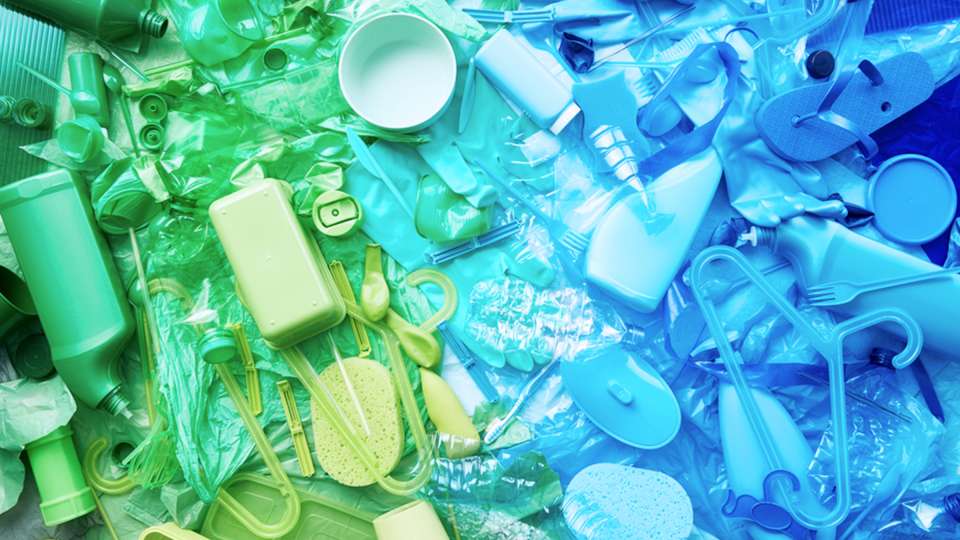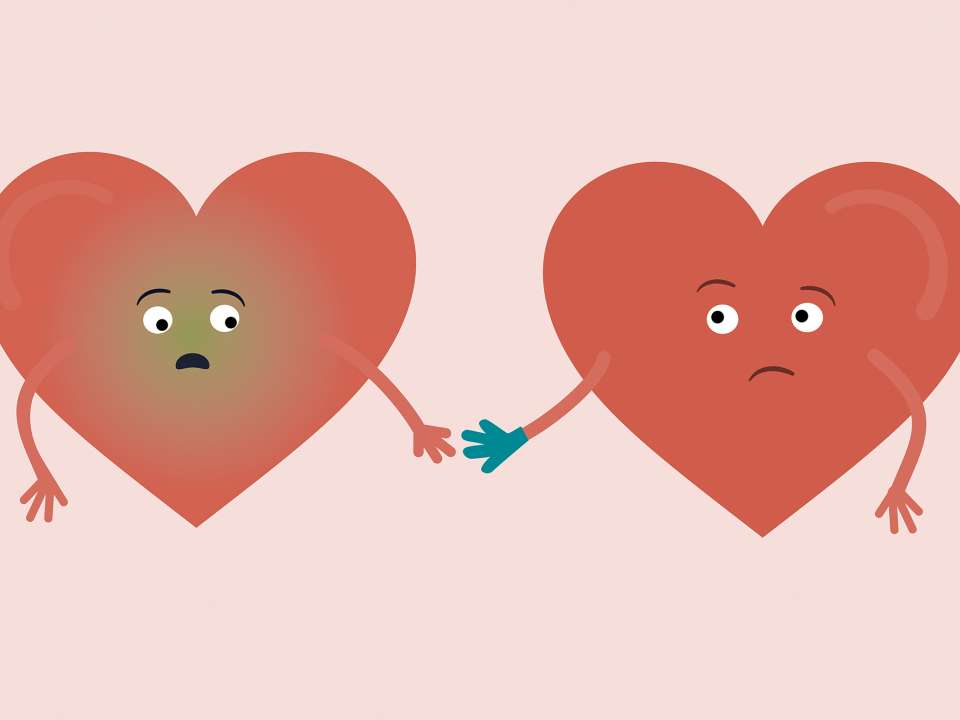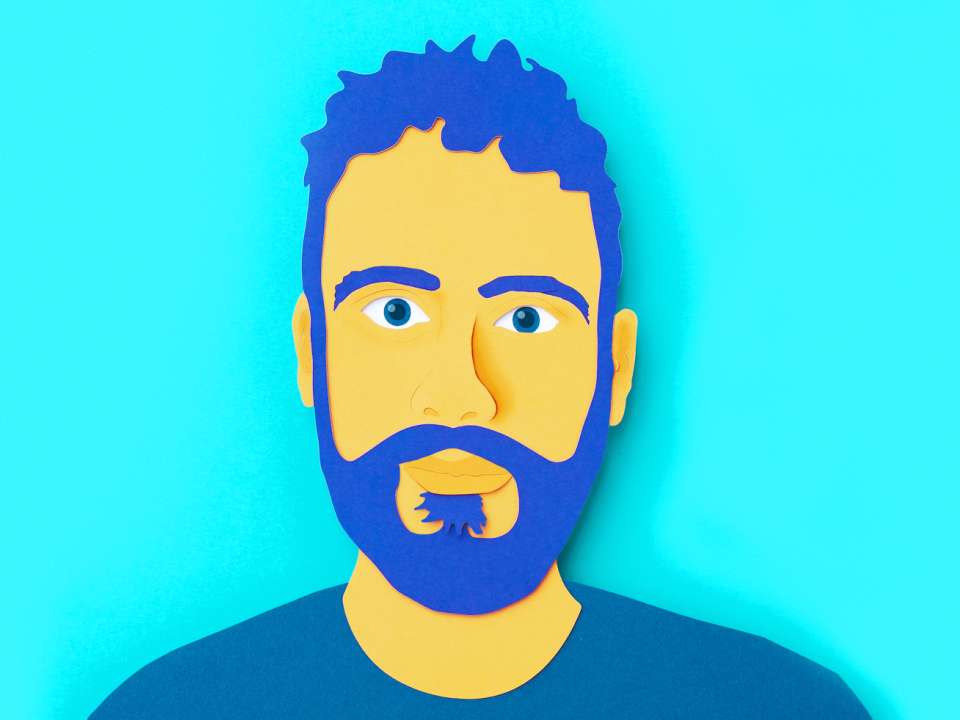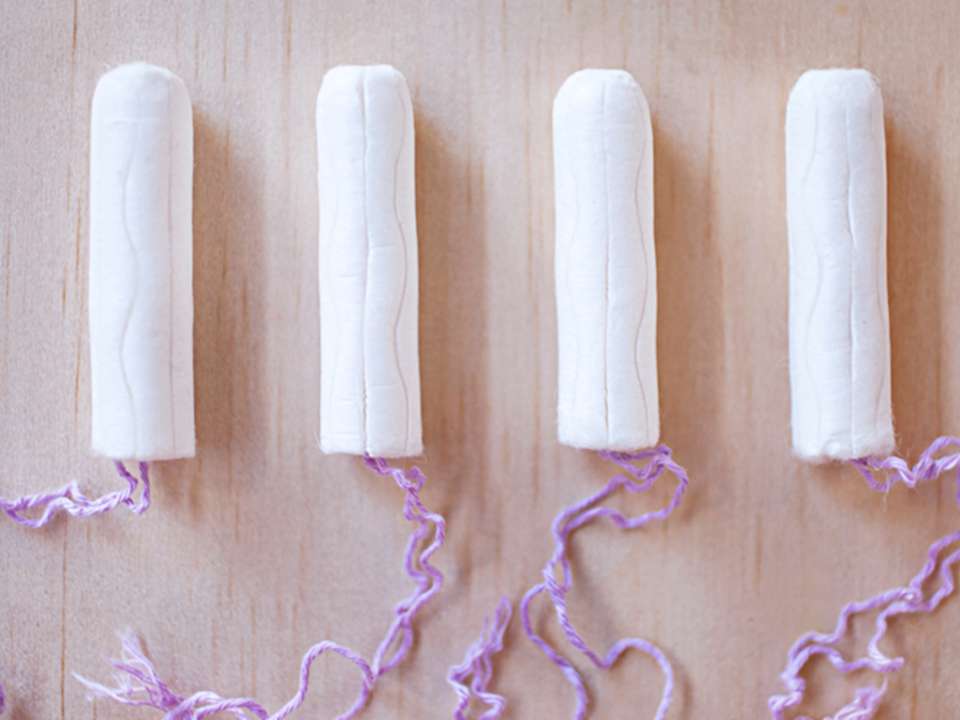
Here’s some news that may be hard to stomach: You’re eating, drinking and breathing in teeny-tiny pieces of plastic every single day.
While the mere existence of these plastic particles — called microplastics — is unsettling enough, what’s perhaps even more troubling is that scientists are still trying to understand what all that plastic does to the environment and human health.
“We’re trying to determine what the risk is to humans from microplastics, whether that’s people directly ingesting or inhaling them or if it’s from polluted ecosystems and contaminated food and water,” says Elaine Faustman, a toxicologist and professor in the University of Washington Department of Environmental and Occupational Health Sciences.
“It’s something that we’re just starting to realize is a problem,” adds Lyda Harris, a PhD candidate who studies microplastics at the University of Washington. “The term ‘microplastics’ wasn’t created until 2008, and it’s now a local, regional and global problem.”
So where do these microplastics come from? How do they get into everything? And, more importantly, what can you do about it?
What are microplastics?
A microplastic is a piece of plastic that’s less than 5 millimeters long. And, like all plastics, they’re made exclusively by humans.
Primary microplastics are manufactured at a small size — think plastic pellets or those exfoliating microbeads in your face wash. Secondary microplastics, on the other hand, start as a larger piece of plastic and eventually break down into smaller pieces, similar to how a rock eventually erodes into sand.
“For example, every time you wash something that’s synthetic, like your yoga pants or your rain jacket, it releases these tiny synthetic fibers of microplastic,” Harris explains.
There are also nanoplastics, even smaller plastic particles that are less than 100 nanometers in length. According to Faustman, these may be even more dangerous.
“The smaller the particle, the more places it can go,” she says. “We work with engineered nanoparticles at very small sizes, and we know they can get to all organs in the human body.”
Where do you find microplastics?
This is the less-than-fantastic news about microplastics and nanoplastics: they’re everywhere.
Between 1950 and 2016, humans produced approximately 8,300 million metric tons of plastic. Only 7 to 9% of that plastic has been recycled, Faustman says. The rest has been incinerated, tossed in landfills or abandoned as marine litter.
“There are microplastics in the arctic, where there is no industry,” Harris notes. “Researchers even discovered a new deep-sea creature in the Mariana Trench that was full of plastic, and they named it after that: Eurythenes plasticus. It’s wild that something that lives more than 6,000 meters under the water is eating plastic.”
How do those microplastics get to these remote areas? Hate to break it to you but humans are to blame again.
The largest microplastics polluter is the car tire, which sheds rubber as it wears down. Those tiny plastic particles are then expelled into the air and can be blown to far-away locales.
There’s also littering of plastic into the ocean and consequences from seemingly innocent human activities, like doing your laundry.
Using those yoga pants as an example, Harris says every time you clean them in a washing machine, synthetic pieces of fiber slough off your pants and end up in the used water. That water is then transported to a wastewater treatment plant and, eventually, out into Puget Sound.
Those yoga pant microplastics may get carried up into the air with water droplets, traveling high and far with the rain system. Eventually, they return to the ground in the form of rain or snow in a completely different city. Yep, it’s literally raining plastic.
“It might rain in Colorado, and then you’re getting microplastics from the coast landing in Colorado,” Harris says.
The problem is only going to get worse in the decades to come. One piece of plastic litter will become two, two will become four and, well, you get the idea. By 2100, experts predict the concentration of microplastics in the earth’s oceans will increase fiftyfold.
How do microplastics affect your health?
Given the newness of this field and the sheer volume of the world’s microplastic, researchers are still trying to figure out just how these plastic particles can impact human health.
Scientists can’t exactly feed humans plastic in order to study the effects, so many are looking to marine life for initial clues. Harris, for example, researches mussels in the Salish Sea. Other studies have been done on a certain species of photosynthetic marine bacteria, which are responsible for up to 10% of the world’s oxygen.
What researchers have found so far is that microplastics and nanoplastics have the potential to affect you in a few different ways.
One is directly. As you eat, drink and inhale plastic, your body is dealing with the physical presence of the foreign particles in your gut and lungs. On top of that, you also have to worry about all the stuff those plastics are bringing with them.
“Things like phthalates, which can cause endocrine disruption, are found in flexible plastics,” Faustman says. “We know phthalates leach out with use and into the environment. Then there are chemicals that are absorbed or picked up on the surface of the plastic, and the plastic can then act like a delivery system.”
Microplastics may also have negative impacts on your health through indirect means, by affecting food sources, your economic livelihood and the environment. Fish who have guts full of microplastic, for example, aren’t ones you’d want to eat or sell at the market. And if they’re eaten by other marine life, that can create a contamination ripple effect.
And remember those photosynthetic bacteria that produce a 10th of the world’s oxygen? Well, when they were exposed to the chemicals that leach out of plastics in a lab environment, their growth was impaired and they weren’t able to produce as much oxygen.
Many of these types of studies were doing in controlled laboratory settings with specific conditions, so the direct effect microplastics may have on humans is still unclear.
What can you do about the microplastics problem?
If you’re feeling some kind of horrified that your car and yoga pants have contributed to this problem, then you’re on the right track to helping find a solution.
“On a personal level, I think we all need to try to get more things that aren’t single use and are more reusable,” Faustman says. “And on a much bigger level, our collective voice is really important and so is keeping informed about this topic. Ultimately, the larger, long-lasting solutions will come with overall corporate changes.”
“We live in a world where everything is made out of plastic or synthetic fabric,” Harris adds. “It starts with consumers being more aware of what they’re consuming, changing their attitude about plastic and then using their buying behavior to persuade big businesses.”
She likens it to basic supply and demand. If more consumers want sustainable packaging and products, businesses will follow suit.
You can reduce your microplastic creation and consumption by using less plastic in your daily life. For example, drink tap water instead of water that comes in plastic bottles. Opt for fresh food instead of packaged options that come wrapped in plastic. Avoid “fast fashion” clothing and instead focus on items that will last a long time or come from manufacturers who recycle used clothing.
Whatever you choose to do, be prepared for the long haul.
“Following the lifecycle of plastics is important as assessments suggest that just because we threw something into ‘recycling’ does not mean that it is recycled properly,” Faustman notes. “Governments and manufacturers need to ensure that, over the lifecycle, these items are not just moved to other less-developed recycling paths.”
“Unless people see how bad it is, they’re not going to change their behavior,” Harris adds. “Environmental problems aren’t necessarily short term, so it’s on people to tell their governments and companies what they want and help change their attitudes.”

 Healthy ideas for your inbox
Healthy ideas for your inbox





